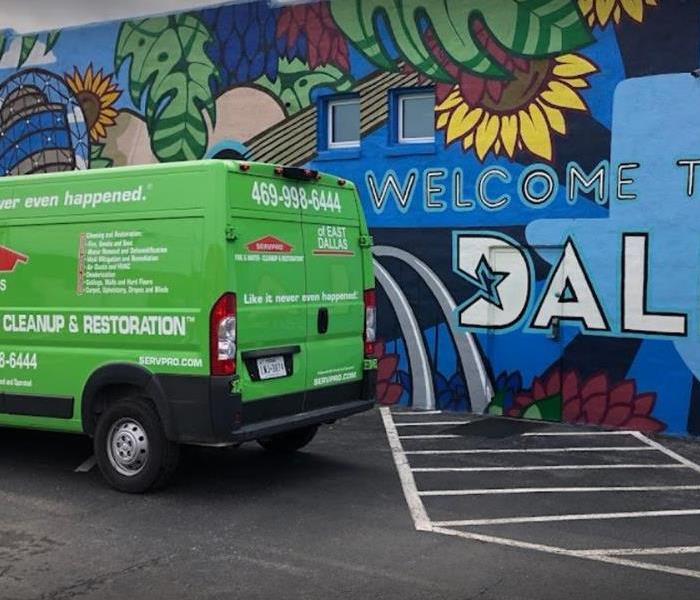Water Damage Removal & Extraction
7/24/2023 (Permalink)
A Comprehensive Guide to Flood Restoration
Flood damage is a common and often devastating event that can strike any home or property. Whether caused by burst pipes, storms, or malfunctioning appliances, water damage can lead to structural problems, mold growth, and significant financial loss. Understanding the water damage remediation process is critical for homeowners and property managers to effectively mitigate the damage and restore their property to its pre-damage state. This blog post provides a comprehensive water recovery guide with steps, tips, and best practices to handle this difficult situation.
Damage rating:
The first step in flood restoration is to assess the extent of the damage. Thoroughly inspect the affected area, note any visible damage, and take photographs. Determine the cause of the flooding and identify any potential safety hazards before continuing.
Safety precautions:
Please pay attention to safety before entering the flooded area. To avoid electric shock, turn off the power in the affected area of ??the premises. Wear appropriate personal protective equipment (PPE) such as gloves, masks, and rubber boots when working with contaminated water (such as floods or stagnant sewage). Water production:
Rapid water removal is critical to prevent further damage. Pumps, wet and dry vacuums, and specialized water extractors are used to remove standing water from floors and other surfaces.
Drying and dehumidifying:
Thoroughly dry the affected area using industrial fans, dehumidifiers, and adequate ventilation. This step is important to prevent mold growth, which can occur within 24-48 hours after water ingress.
Save your property:
Evaluate personal items and furniture affected by water damage. Rescue and scavenge salvageable items. Please dispose of severely damaged items responsibly.
Removal of damaged material:
Remove and discard damaged building materials such as wet drywall, insulation, and carpet. This step is essential to prevent mold growth and to ensure a clean repair.
Mold repair:
If mold is present, seek professional mold restoration services. Mold spreads quickly and can be a health hazard. It is therefore important to take prompt and effective action against it.
Structural repair:
Once the affected area is completely dry and mold-free, start repairing the structure. Replace damaged drywall, flooring, and other building materials as needed.
Restoration of water supply:
If the water damage was caused by a plumbing problem, make sure the plumbing system is thoroughly inspected and repaired before restoring water.
Precautions:
To avoid future flood damage, take preventative measures such as regular maintenance of plumbing and equipment, proper drainage, and installation of drainage pumps if the site is prone to flooding. Diploma:
Flood remediation is a complex process, requiring a systematic approach and rapid action to prevent further damage. By quickly assessing damage, prioritizing safety, removing water, drying affected areas, and making necessary repairs, homeowners and property managers can effectively restore their property to its pre-damage condition. Remember that for severe water damage, it is always best to seek professional help from an experienced water remediation professional to ensure a complete and successful remediation process.






 24/7 Emergency Service
24/7 Emergency Service
